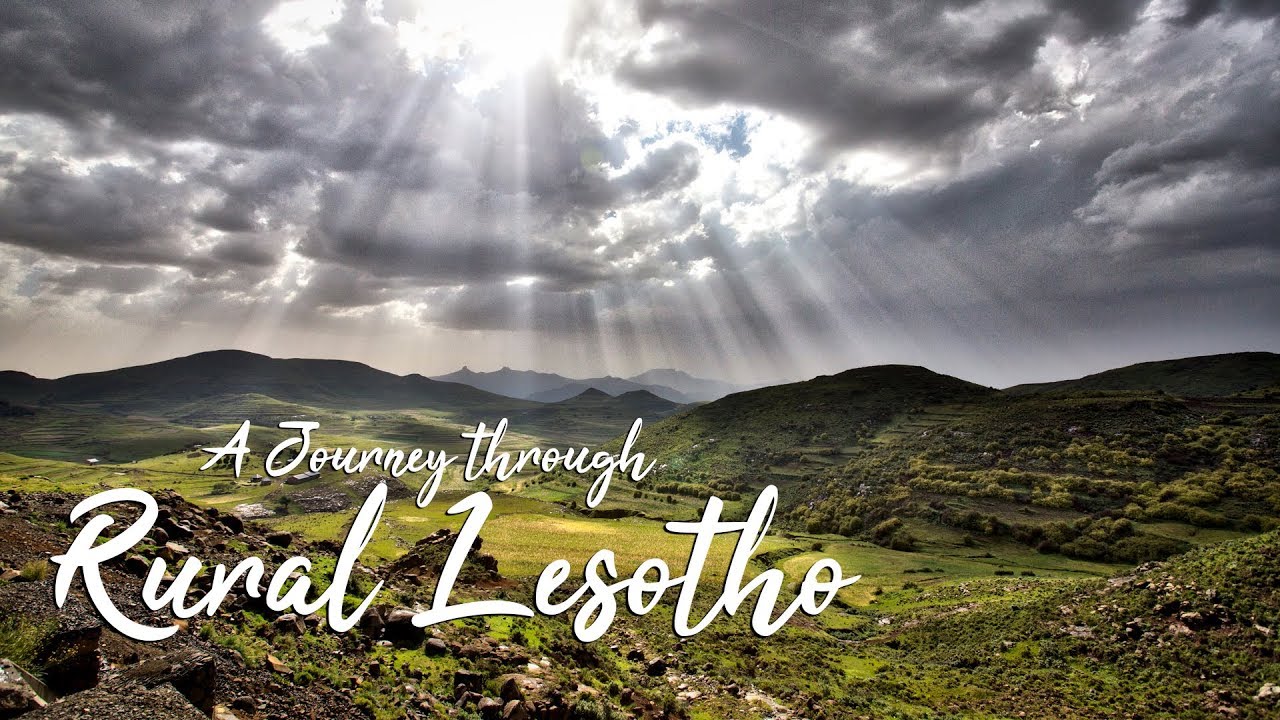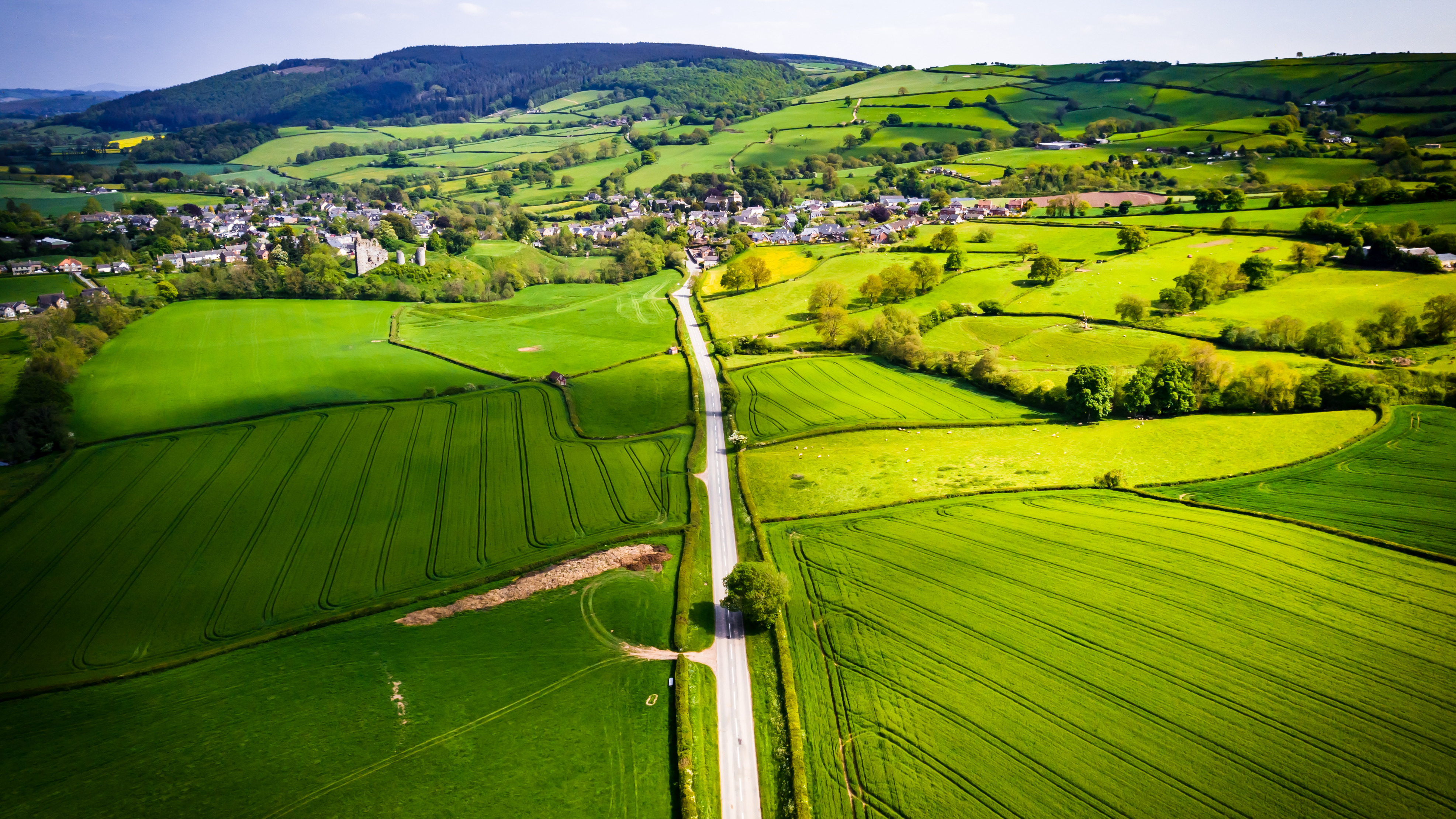How Does Rural Travel Differ From Urban Travel?
How does rural travel differ from urban travel? Traveling is becoming more necessary, both for a change of scenery and to acquire services of higher caliber. This does not only apply to routine trips to nearby towns and cities, though.
Author:Jane RestureOct 01, 202267 Shares67K Views

How does rural travel differ from urban travel? Traveling is becoming more necessary, both for a change of scenery and to acquire services of higher caliber. This does not only apply to routine trips to nearby towns and cities, though.
The detailed answer is here. A large part of the world's population now lives in cities, but most people still live in rural areas that aren't much affected by the wonders of modern technology.
This is especially true in developing economies, where huge cities take up a huge amount of land and leave the rest to the elements, even though the elements are also taking a toll on developing economies.
People who live in smaller towns are rediscovering the joys that come with leading a life that is more conventional at a time when many others are opting to flee the commotion and chaos of larger cities.
Why Should You Visit Rural Areas Rather Than Urban Areas?
How does rural travel differ from urban travel? People are recognizing the advantages of living longer, which motivates them to travelmore and take more vacations. In addition, more people are making the decision to live simpler, more sustainable lives. Because of these factors, rural travel is becoming increasingly popular.
- Many people long to experience the sensation of being in a place where the roar of traffic and the grinding of buildings are replaced by the sound of wind chimes and songbirds.
- Being somewhere where there isn't eye-level street harassment or harassment by other road users brings a sense of calm and tranquility.
- Fewer crowds equal fewer bothersome people, and everyone enjoys feeling as though their efforts are making the lives of others better.
- You'll have an easier time accepting the enchantment all around you if the area you're in seems like it could have been taken straight out of a fairytale. This isn't just true for traveling; it can also affect how much fun you have doing everyday things.
- People are making the decision to live more naturally, and with good cause. The effect that urban living has on the environment is one of the main reasons influencing this trend. People are leaving cities in pursuit of, as was already noted, "greener pastures."

A Journey through Rural Lesotho | Travel Documentary
People Also Ask
Why Do People Travel To Rural Areas?
Traveling to a rural area is a fantastic choice if you want a holiday with a slower tempo and more relaxation. People in rural areas value taking less-traveled routes and taking their time getting somewhere.
Why Rural Area Is Better Than Urban Area?
Rural areas are recognized for being safer with less crime, pollution, litter, and traffic, in addition to being calmer and more beautiful.
What Are The Benefits Of Rural Tourism?
Rural tourism has a lot of potential to help with local economic growth and social change because it works well with other economic activities, adds to GDP and creates jobs, and helps spread out demand over time and a larger area, which is the opposite of seasonality.
Conclusion
How does rural travel differ from urban travel and why should you choose rural areas? The major message of this fictitious instance is that altering your point of view can significantly impact how you see and engage with the world around you.
Due to the information era, which emphasizes individual perception and experience over physical factionalism, more people are making this decision.
Everybody in the world of today is a broadcaster, a maker, and an observer. This offers the chance to view the world from a different perspective, which in turn results in a more imaginative and fulfilling experience.

Jane Resture
Author
Since she embarked on her first world trip in 2002, Jane Resture spent the past decades sharing her personal journey and travel tips with people around the world. She has traveled to over 80 countries and territories, where she experienced other cultures, wildlife she had only read about in books, new foods, new people, and new amazing experiences.
Jane believes that travel is for everyone and it helps us learn about ourselves and the world around us. Her goal is to help more people from more backgrounds experience the joy of exploration because she trusts that travel opens the door to the greatest, most unforgettable experiences life can offer and this builds a kinder, more inclusive, more open-minded world.
Latest Articles
Popular Articles
